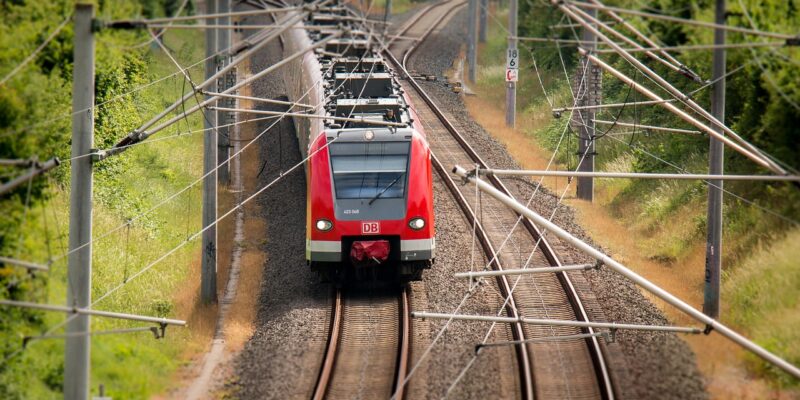In terms of green policy and improving train connectivity between the railway administrations of Southeast Europe and “core” Europe, it is necessary to re-establish railway connections that either no longer exist today or only exist between neighboring countries.
Reviving the former 10th railway corridor with connections to Austria, Hungary, Romania, and Bulgaria is crucial. To start with, daily trains should connect Ljubljana – Zagreb (Doboj/Sarajevo) – Belgrade (Skopje/Podgorica). In the future, we should also establish a night connection and several daytime connections.
Additionally, establishing at least direct connections with Austria, Hungary, Romania, Bulgaria, Greece, and Turkey is essential.
Passengers should be provided with a modern ticketing system and relevant digital information platforms. The problem now lies in the outdated infrastructure and rolling stock.
To initiate the establishment of these train connections, funds from the EU (or PSO) would be welcome to cover the initial travel costs. Ensuring the quality of services should involve suitable wagons, which are currently not available. It might be possible to include a private carrier with subsidized transport or use railway wagons from the state railway operators.
Recently, the EU Transport Community Permanent Office in Belgrade launched an initiative to re-establish the direct passenger railway line between Ljubljana, Zagreb, and Belgrade together with SEESARI.
